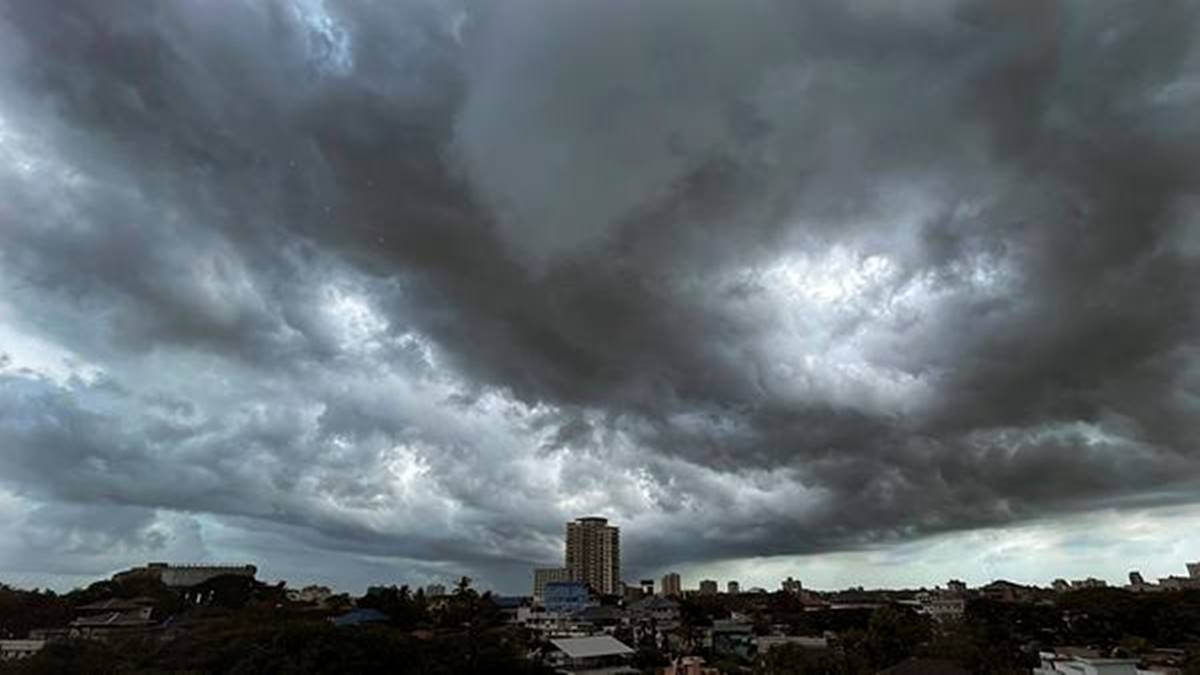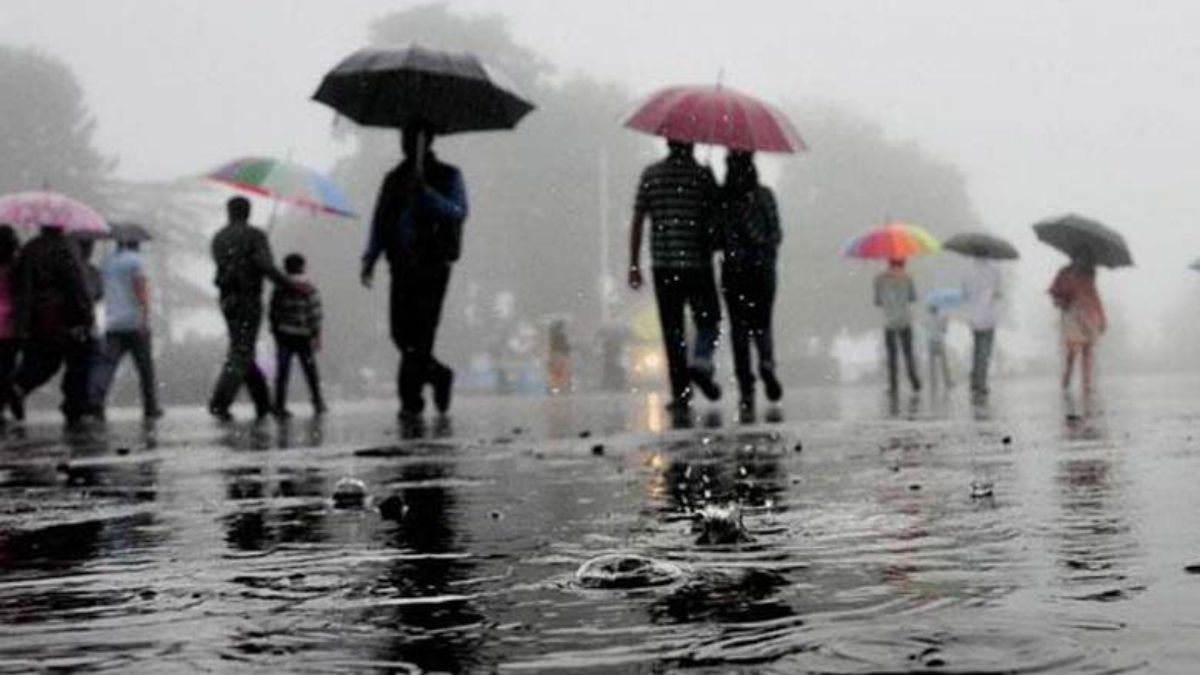Rain Deficit May Hit Rural Revival: A Growing Concern 2023

Rain Deficit May Hit Rural Revival: A Growing Concern 2023
This season’s monsoon rains have been below average and unevenly distributed, endangering the rural recovery that had started in recent months. The only solace, according to top executives at significant FMCG and car businesses, is that urban demand is now stable. However, most people are closely monitoring inflation, particularly that of food.
The chairman and MD of Nestle India, Suresh Narayanan, recently commented on the monsoon shortfall in August, saying that “the kharif crop might get impacted even if the sowing is good.”

Inflation in the food supply should be closely monitored since it is alarming, continued Narayanan. Rural demand will be hurt (in September) if the monsoon is poor. Regarding the overall impact of the monsoon on the FMCG industry, he stated, “Demand now appears stable.
The India Meteorological Department (IMD) said last week that the southwest monsoon rainfall deficit between June 1 and August 30 increased to 9% of the long-period average (LPA), adding that rainfall in September will be “normal” following the driest August in more than a century. IMD warned that the September precipitation may not be sufficient to make up for the total lack of rainfall this season because this year’s monsoons are expected to be “below normal.”
For industries depending on rural regions, such as FMCG and auto, where over a third of sales (FMCG), over 50% of two-wheeler sales, and approximately 40% of sales of passenger cars come from, this swing in rainfall patterns is not encouraging. Rural regions account for all tractor sales.
“In anticipation of strong demand, dealers are making orders for 2-3 months in advance. However, a lack of precipitation may further reduce the likelihood of a recovery in demand in rural areas, according to Manish Raj Singhania, head of the Federation of Automobile Dealers Association.

The largest biscuit manufacturer in the nation, Parle Products, whose senior category head is Mayank Shah, acknowledges that businesses are concerned about the changing monsoon condition. Rural demand would be hampered if the rainfall continues to be erratic and insufficient over the coming weeks, he said.
The FMCG market had its best volume rise in eight quarters, at 7.5%, according to market research firm NielsenIQ, which was driven by a rural renaissance and easing commodity prices. According to the research firm, rural volume growth reached 4% in the June quarter, up from the 0.3% reported in the March quarter and the volume drop witnessed in the three quarters prior. According to NielsenIQ, the June quarter showed an increase in retail consumption as a result of the rural recovery. However, other CEOs warn that as rural customers struggle with monsoon uncertainty, there may be a cutback in spending heading into the holiday season.
Agriculture is put under stress if the monsoons are not timely and sufficient, according to Jayen Mehta, MD of the Gujarat Co-operative Milk Marketing Federation (GCMMF), which produces dairy products under the Amul brand. “Food is an essential family expense. That might not suffer as badly as non-food things. In order to control food inflation, the government is also taking action. But on a larger scale, Mehta added, the monsoon situation is a crucial monitorable for businesses.

Even while two-wheeler traffic will be higher in August than they were in August of last year, they will still be lower than pre-Covid-19 numbers. The BS-6 two-wheeler category is expected to reach 1.14 million units in August, according to forecasts from the Center-controlled Vahan, which, while higher than the same month a year ago, will still be behind the 1.33 million recorded in August 2019.
The financial services and asset management company Pace 360’s co-founder and chief global strategist, Amit Goel, stated that “the regions with either considerably inadequate or abundant rainfall account for around 25% of the tractor and two-wheeler sales of the country. Additionally, the crucial tractor sales months are now in the past.
Lack of rainfall hasn’t had any effect on tractor volumes yet. According to Vahan, retail sales of agricultural tractors are anticipated to increase 15% in August compared to the same month last year.
The head of Mahindra & Mahindra’s agricultural equipment division, Hemant Sikka, stated that, “Except for pulses, the kharif planting has proceeded well overall. We continue to forecast low single-digit growth thanks to a number of additional important factors, including strong government support for agricultural and rural growth, an increase in minimum support prices, and advantageous trading terms for farmers.

Rainfall is a vital natural resource that plays a pivotal role in sustaining life on Earth. For centuries, agriculture has been the backbone of rural economies, and it heavily relies on timely and adequate rainfall. However, in recent years, changing climate patterns have led to unpredictable rainfall and prolonged droughts in various regions worldwide, which can have dire consequences for rural communities. In this article, we will explore the reasons behind rain deficits, their impact on rural revival, and potential solutions to mitigate these challenges.
Rain deficit, or the shortfall in precipitation compared to the historical average, is becoming a pressing issue in many rural areas. While it is essential to recognize that climate variability is a natural phenomenon, human activities such as deforestation, urbanization, and industrialization have exacerbated climate change, leading to erratic rainfall patterns. Some key factors contributing to rain deficits include:
- Climate Change: Rising global temperatures alter weather patterns, causing shifts in precipitation distribution. Some areas experience more intense rainfall, while others face prolonged dry spells.
- Deforestation: The removal of forests for agriculture or urban development reduces the local moisture-retaining capacity and disrupts the natural hydrological cycle, potentially leading to decreased rainfall.
- Urbanization: The expansion of cities and urban areas often involves paving surfaces, which can lead to reduced groundwater recharge and decreased soil moisture, affecting local rainfall.
- Land Use Changes: Agricultural practices, like large-scale monoculture farming and irrigation, can disrupt local climate patterns and reduce overall rainfall.
Rain deficits have a profound impact on rural communities, particularly those heavily dependent on agriculture. Here’s how these deficits affect rural revival:
- Crop Failure: Insufficient rainfall can lead to crop failure, devastating the livelihoods of farmers who rely on rainfed agriculture. This can result in food shortages, increased poverty, and migration to urban areas in search of alternative employment.
- Livestock and Water Scarcity: Reduced rainfall often leads to water scarcity, affecting not only crops but also livestock. Rural communities that depend on animal husbandry may suffer losses, impacting their income and food security.
- Economic Downturn: Rural economies are closely linked to agriculture. A decline in agricultural productivity due to rain deficits can lead to economic downturns, affecting the overall well-being of these communities.
- Increased Vulnerability: Prolonged periods of drought can make rural communities more vulnerable to natural disasters, such as wildfires and dust storms, which can further damage crops and infrastructure.
- Education and Healthcare: With economic instability, access to education and healthcare services may also suffer, perpetuating a cycle of poverty in rural areas.
Addressing rain deficits and supporting rural revival requires a multifaceted approach:
- Climate-Resilient Agriculture: Encourage the adoption of climate-resilient farming practices such as crop diversification, efficient water management, and the use of drought-resistant crop varieties.
- Reforestation and Afforestation: Promote reforestation and afforestation efforts to restore natural ecosystems, enhance groundwater recharge, and mitigate the impact of climate change.
- Water Harvesting and Management: Invest in rainwater harvesting infrastructure and better water management practices to ensure a sustainable water supply for agriculture and livestock.
- Climate-Resilient Infrastructure: Build resilient infrastructure that can withstand extreme weather events, ensuring the continuity of essential services in rural areas.
- Access to Information and Technology: Provide rural communities with access to weather information and modern farming technologies to help them adapt to changing climate conditions.
- Diversify Rural Economies: Encourage the diversification of rural economies by promoting non-agricultural income sources, such as cottage industries and small businesses.
Rain deficit is a growing concern that has the potential to disrupt rural revival efforts worldwide. Climate change, deforestation, and land use changes are contributing to unpredictable rainfall patterns, impacting agriculture, livelihoods, and overall well-being in rural communities.

Addressing rain deficits requires a comprehensive approach that includes climate-resilient agriculture, reforestation, better water management, infrastructure development, technology adoption, and economic diversification. By taking these measures, we can support rural revival and help communities thrive in an increasingly uncertain climate.




